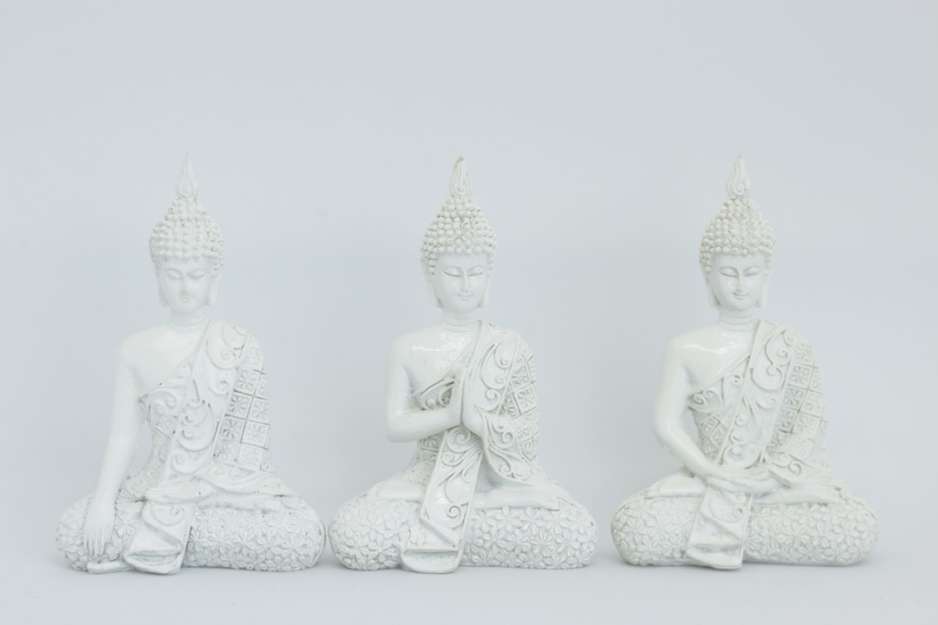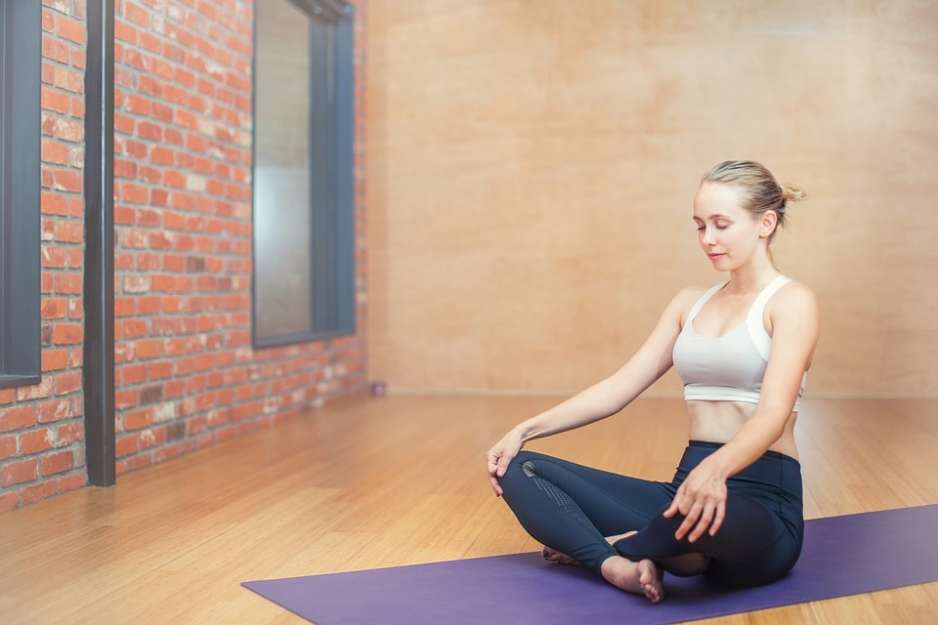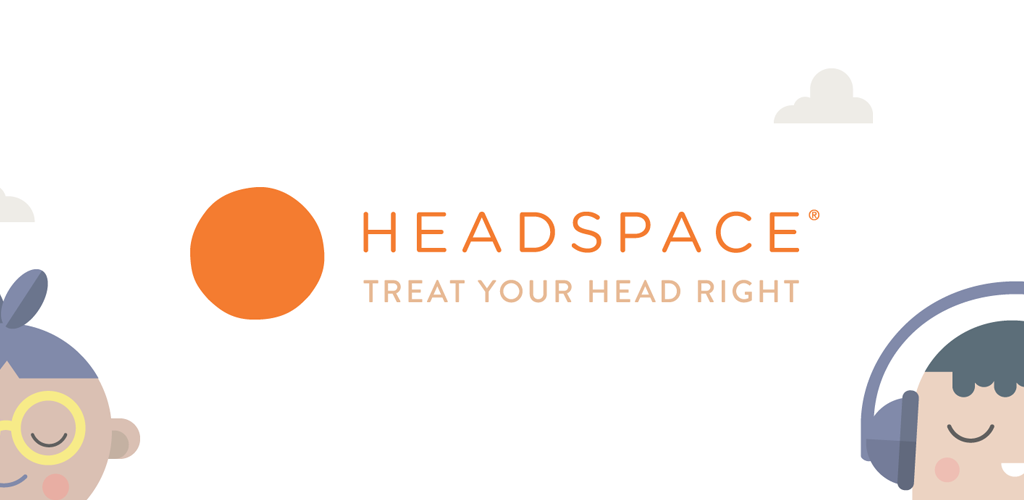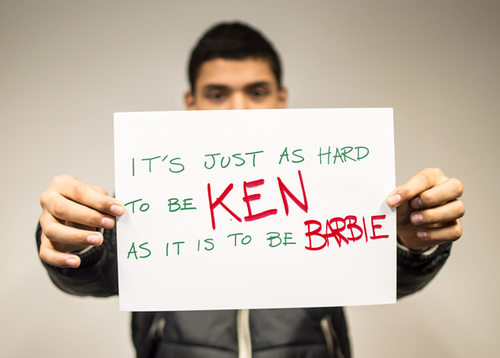Lately, the number of people starting to practice mindfulness is growing. Considering our stressful lifestyle and the increasing concern about mental health, that’s no surprise.
Alongside with yoga, meditation is perhaps the most popular mindfulness exercise. With its many scientifically proven benefits and the sense of peacefulness it evokes, it has been attracting more and more people every day.
A recent study also suggests that the practice can be especially beneficial for women. So we definitely recommend that our readers give it a try. If you can do something to become a healthier, happier person, why not?
But it’s not fair to “recommend” that you do it, and not give you any idea on how to go about it! Trust me — I tried to start meditating without any guidance. It was a complete disaster. That’s why we decided to create this special guide to help you get started.
Understand what meditation is — and what it isn’t.

For years, meditation was seen as a kind of “mystic” practice, and for many people, it’s still like that. Pop culture and common sense have given us an idea of meditation that isn’t always accurate. Much of what people believe about it isn’t true.
The first time I decided to try meditating, I tried to do it with only my poor beliefs as a guide. The result? I quit on the second day and didn’t return to it in a decade.
Don’t fall into that same trap.
Take your time to read, listen and learn. The internet is full of great resources about mindfulness and meditation. Here at Her Track, we have already debunked 5 of the biggest myths and misconceptions surrounding the practice. But if you still have doubts, search. Read. Just like with any exercise, you need to understand what you’re doing to fully benefit from it.
Choose a time of the day to meditate regularly.

Meditating is always a good exercise, no matter how occasionally you do it. But it’s just like going to the gym: If you do it on a consistent basis, your results are better and last longer.
Aim to make it a daily habit. Because it doesn’t take a long time, and it’s the perfect exercise to help you slow down and take a break from your stressful routine. With some practice, you will do it as thoughtlessly as you brush your teeth in the morning.
Habits are difficult to build, I know. That’s why it’s important that you pick a time to meditate every day and stick to it. Have you ever noticed how you always begin to feel hungry around the same time every day? Your body loves routine. If you meditate every day at the same time, you will condition your body to that. Ultimately, that will help you relax and enter the meditative state more easily.
Personally, I like to meditate every night before bed. It helps slow down my anxious mind, making it easier for me to fall asleep. Some people prefer to do it early in the morning before the rest of the family wakes up. That might be a good option if you’re a busy mom with children who constantly demand your attention. I suggest you try different times of the day to see what works best for you. Even the middle of the afternoon is ok. Just make sure you have some time to yourself when you won’t be interrupted.
Find out your ideal meditation setting.

Your meditation practice is unique to you. Each person has their own preferred habits. When you’re a beginner, it’s important to try different things to find out what feels most comfortable for you. After you find your ideal meditation setting, you will see that it gets a lot easier and that you manage to relax further and further with each session.
The place.
Technically, you can meditate anywhere, anytime. But having a place designed specifically for it can be very helpful. As much as having a set time, having a set place where you meditate every day helps to condition the body for the exercise.
Look for a place where you can be comfortable and have some quiet. Search for privacy. It’s important not to be interrupted. If you have to, try getting out of the house — going to the backyard, for example. Or try rooms that your family uses less often, such as the garage or the basement. Of course, you can always use your living room during a time when other people are not around. Just make sure the place is as comfortable and silent as possible.
The posture.
Many people think that to meditate, you need to sit on the floor in a cross-legged position but that’s not true. That’s only one of the many positions you can adopt. Beginners often prefer to sit on a chair or a couch with both their feet planted on the floor and their hands resting on their lap.
If relaxing in a sitting position feels too difficult for you, you may also try to meditate while lying down in your bed. Essentially, the position in which you can relax more easily is the best position for you.
Just remember to keep your spine straight, as that will allow you to breathe deeper and more easily.
The only way to know what position feels most comfortable is trying different ones. Take your time experimenting with different settings until you find your ideal meditation routine.
Focus on learning the basics first.

There are many different types of meditation. It can be tempting to experiment with different visualizations and mantras. But first, you need to learn the basics. Remember: meditation is an exercise. Just like with any other physical activity, you need to teach your body how to adjust to it before trying the coolest moves.
You will find lots of resources on how to learn the basics of meditation. We highly recommend the Headspace app.
It’s designed to help you build and maintain a meditation habit. If you wish, you can subscribe for a premium account to gain access to hundreds of guided meditations. But with the free version, you can already use their Basics pack, which will teach you everything you need to know to get started. It takes only 10 days to complete that pack. Plus, the app is super cute!
After that period, you can try Jason Stephenson’s Back To Basics guided meditation, which is a bit longer — 15 minutes. Then you can build up from there.
Once you have learned the basics, take some time to research about different types of meditation to find out what is your favorite one. Some people truly enjoy guided visualization meditations, while others prefer to only listen to meditation music, with no voice to distract them. Try different things and see what works best for you.
Of course, there’s no rule saying that you can’t try a mix of different techniques and styles. Your meditation practice is yours. Make it whatever you want it to be!
Start short.

Don’t go crazy and try a 1-hour meditation in your first session. It’s going to get you as tired as trying to do every machine on your first day in the gym. Start with just a few minutes. Three minutes is the ideal. Then, you can gradually add more time to your practice each day until you reach your target length. Most experts say that 10-20 minutes of daily practice is best.
It’s a good idea to use a timer to measure your sessions. Thus, you won’t feel tempted to check the clock every two minutes to see how much time has passed. Your phone’s timer will work just fine for that.
Be patient and persistent.

The main reason why people quit the gym is that they get frustrated when they don’t see immediate results. That’s also the main cause of people quitting meditation.
It’s necessary to understand, though, that results take some time and that benefits vary. They largely depend on three things:
- How often you meditate.
- How long your meditation sessions last.
- Hour individual brain and mind.
In other words, everyone is different. Some people say they can already feel the benefits after just one week of daily meditation, while others only begin to feel them after 2 months.
Remember to be persistent and to wait for the results to come naturally. There’s no reason to beat yourself up if you don’t see immediate changes. Meditation is one of those practices that vary a lot from people to people and that you can’t really “get wrong”.
So don’t worry, and give yourself some time. After all, the whole point of meditating is to relax, right? Don’t make it a source of stress.
Bonus: My favorite meditation YT channels.

I definitely encourage you to take your time looking through the internet to find your favorite meditation resources. But why not share some of the amazingness I myself have found, right?
YouTube is one of my favorite places to look for information and different opinions on everything, and meditation is no different. So I’d like to share just a few of my favorite channels with you. I hope you find them helpful, too.
- Jason Stephenson — Jason has one of the best voices for guided meditations! He has a variety of meditation videos with several different themes and lengths. He also works with meditation music and shares advice on living a mindful life.
- TheHonestGuys — These guys have the coolest thematic guided visualization meditations EVER! If you like Fantasy as much as I do, you’re going to love their channel. They also have basic meditations and sleep talk-downs that are completely awesome. The best part is that most of their videos are short — 5-20 minutes-long.
- 365 Days Of Meditation — Dorothy is a yoga teacher who decided to create 1 meditation video every day for 1 year, during 2016. Some of them are guided meditations, while others are advice on how to improve your practice. She sometimes mixes yoga and meditation practices, which is very nice. Her videos are great and you can learn a lot about different types of meditation with her.








